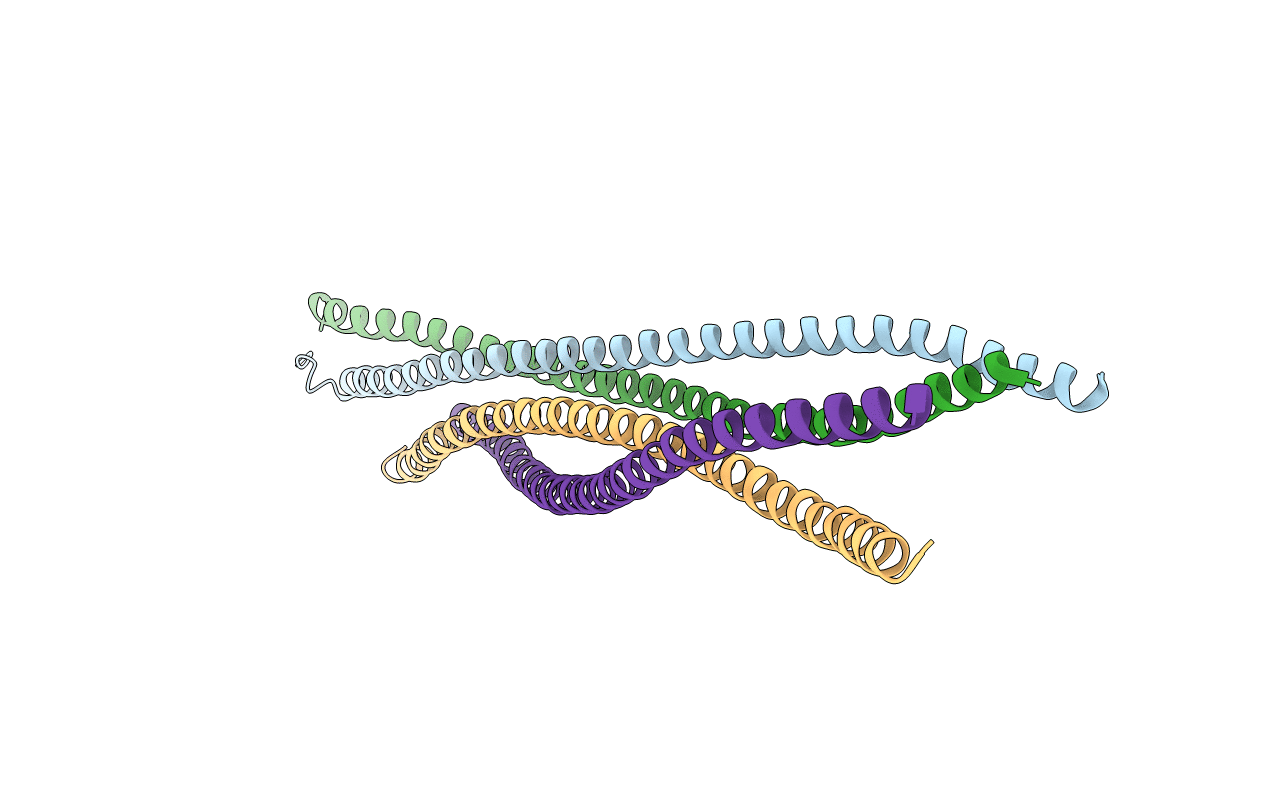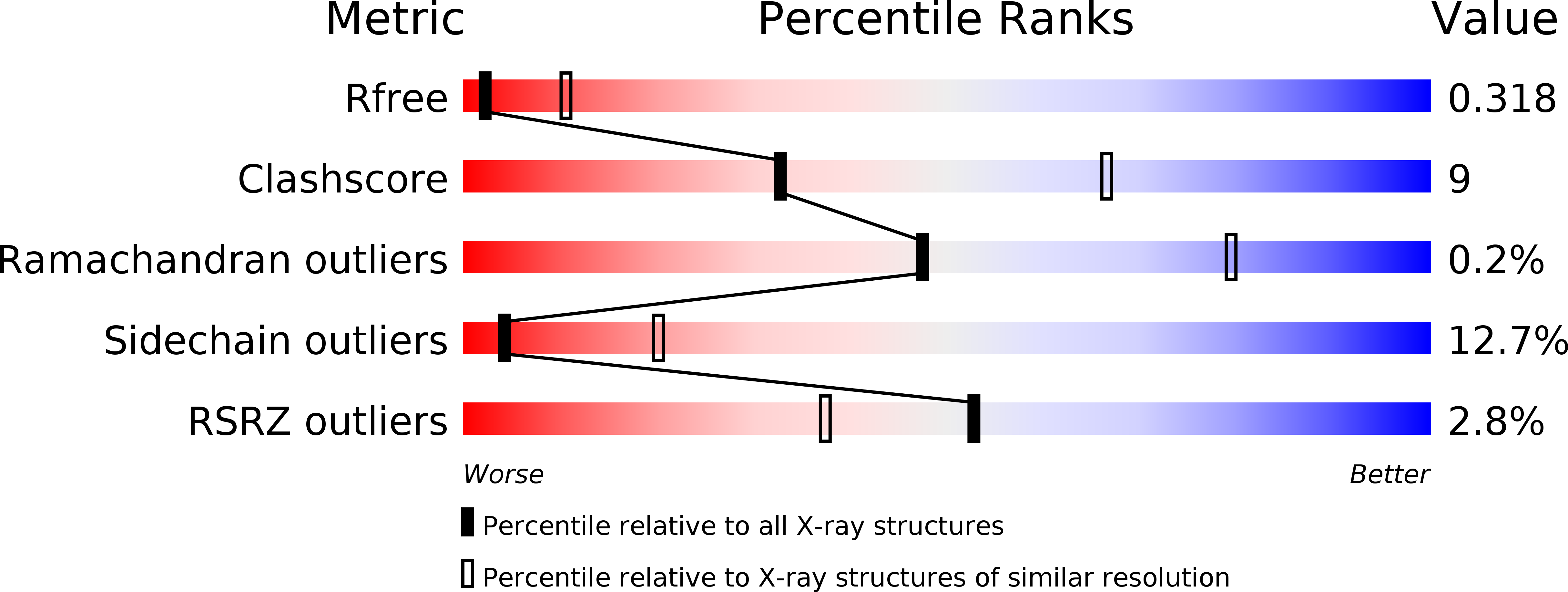
Deposition Date
2010-04-27
Release Date
2010-10-27
Last Version Date
2024-11-27
Entry Detail
PDB ID:
3MQB
Keywords:
Title:
Crystal Structure of Ectodomain of BST-2/Tetherin/CD317 (C2)
Biological Source:
Source Organism:
Homo sapiens (Taxon ID: 9606)
Host Organism:
Method Details:
Experimental Method:
Resolution:
3.20 Å
R-Value Free:
0.31
R-Value Work:
0.25
R-Value Observed:
0.25
Space Group:
C 1 2 1


